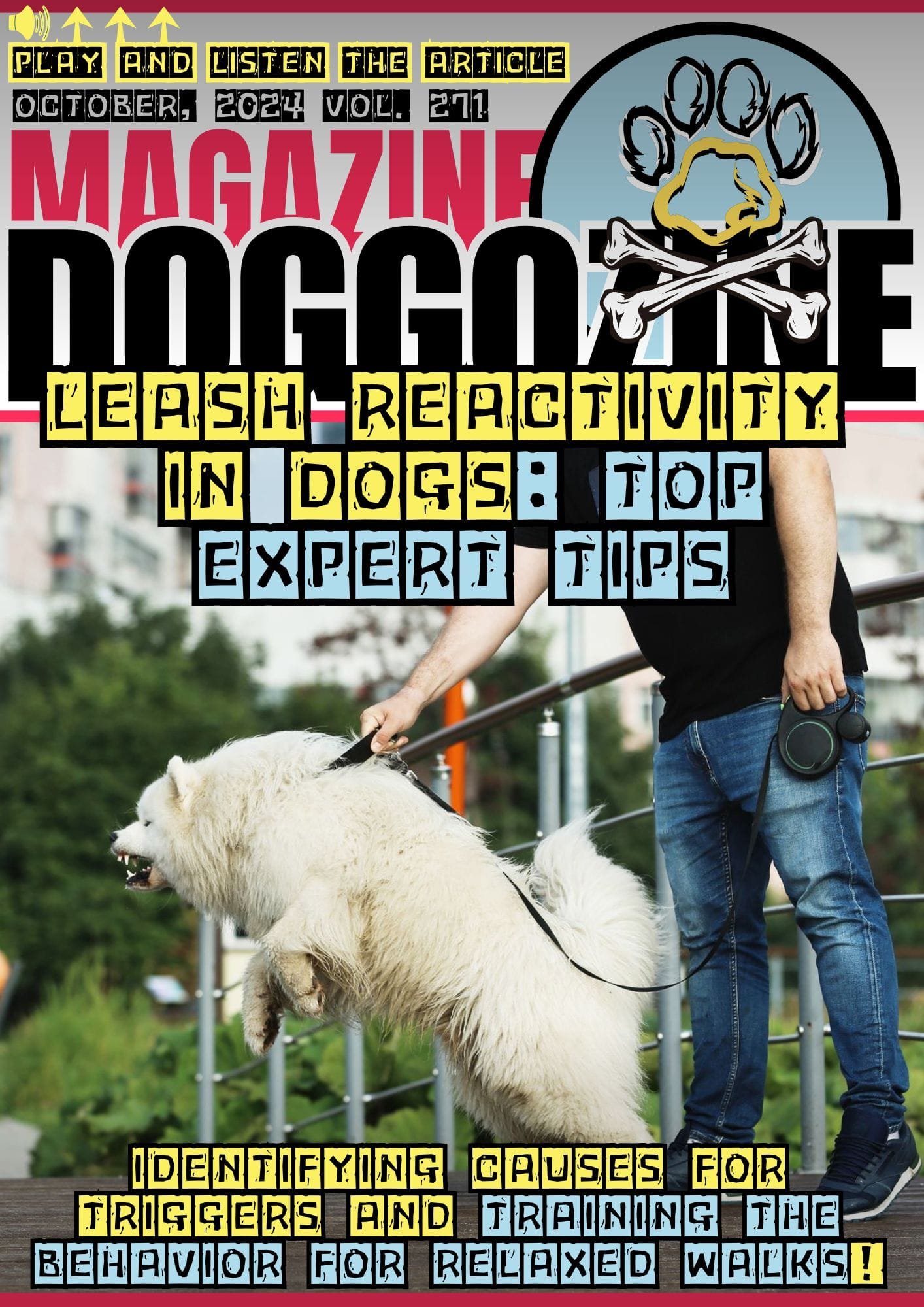
UNDERSTANDING AND MANAGING LEASH REACTIVITY IN DOGS
Walking your dog should be an enjoyable experience for both you and your furry friend. However, if your dog exhibits leash reactivity, it can turn a peaceful walk into a stressful ordeal. Leash reactivity is a common behavior problem in dogs, but with the right strategies and techniques, it can be effectively managed. In this article, we will explore some expert tips to help you understand and address leash reactivity in dogs, ensuring a harmonious walk every time.
Identify The Triggers That Set Off Your Dog
Leash reactivity is often triggered by fear, anxiety, or frustration. When a dog feels restrained by the leash, it can cause them to become overwhelmed and react aggressively towards other dogs, people, or even objects. Understanding the underlying causes of leash reactivity is crucial in order to address and manage this behavior.
One of the first steps in managing leash reactivity is to identify the triggers that set off your dog. It could be the sight of another dog, a loud noise, or a certain location. Once you have identified the triggers, you can work on desensitizing your dog to them. This involves gradually exposing your dog to the trigger in a controlled and positive way, allowing them to associate it with something pleasant.
Positive reinforcement is an essential tool in managing leash reactivity. Rewarding your dog for calm and non-reactive behavior can help them learn to associate positive experiences with being on a leash. This can be done by using treats, praise, or toys as rewards when your dog remains calm in the presence of a trigger.
Mental Stimulation For Leash Reactivity In Dogs
In addition to positive reinforcement, it is important to provide your dog with plenty of mental and physical stimulation. A tired dog is less likely to exhibit leash reactivity as they have less pent-up energy. Engaging in regular exercise, play, and training sessions can help keep your dog mentally and physically satisfied, reducing the likelihood of reactive behavior.
Consistency and patience are key when working on managing leash reactivity. It is important to set realistic expectations and understand that progress may take time. Seeking guidance from a professional dog trainer or behaviorist can also be beneficial in developing a personalized training plan for your dog.
Remember, leash reactivity is a common issue that many dog owners face, and with the right approach, it can be effectively managed. By understanding the underlying causes, using positive reinforcement, providing mental and physical stimulation, and seeking professional guidance when needed, you can help your dog overcome leash reactivity and enjoy peaceful walks together.
🔑 Key Points: Leash reactivity is often triggered by fear, anxiety, or frustration. Provide your dog with plenty of mental and physical stimulation. Seek professional guidance if needed to help your dog overcome leash reactivity.
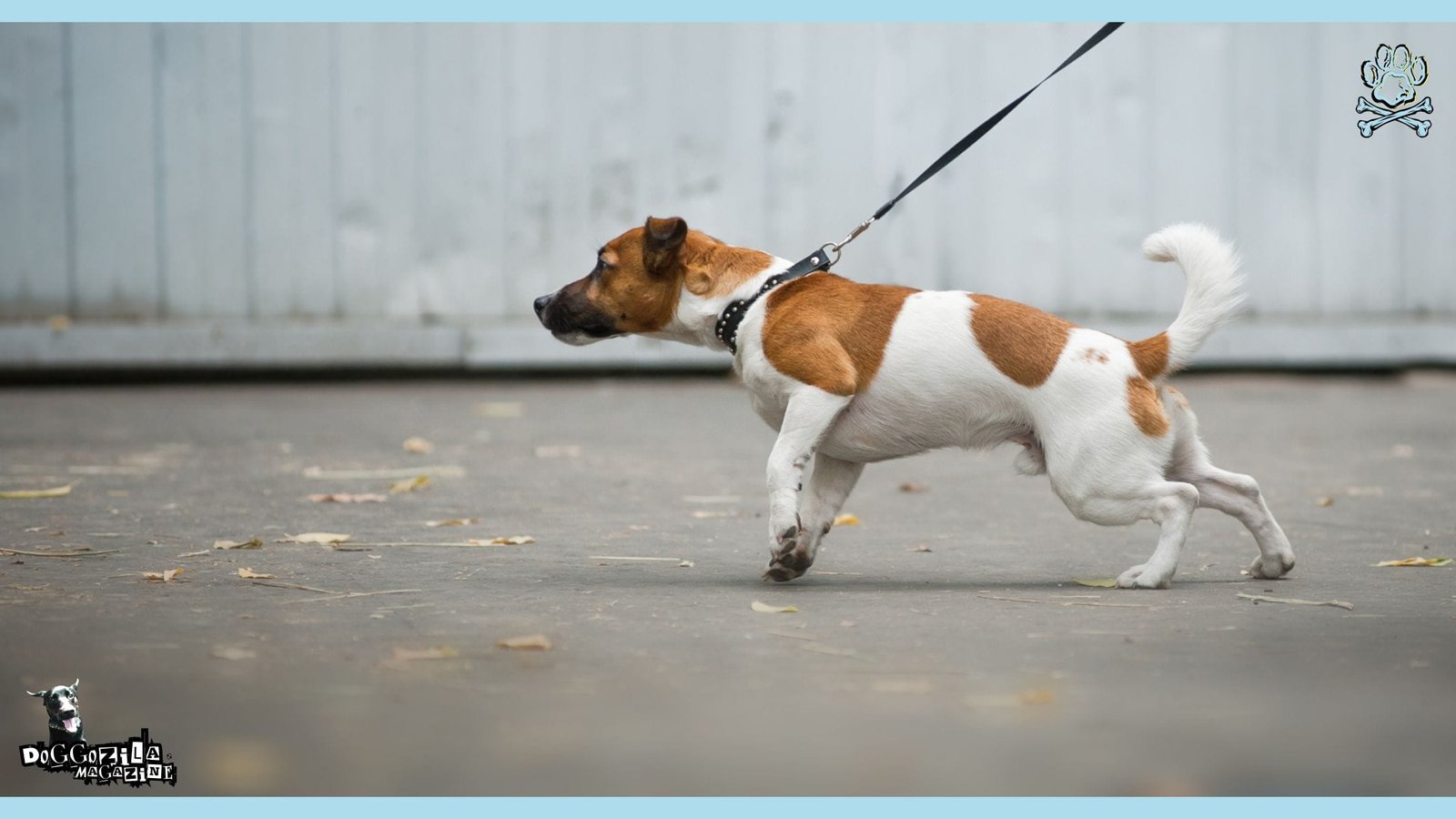
CAUSES OF LEASH REACTIVITY IN DOGS
Leash reactivity can have several underlying causes, and it is crucial to identify the root of the problem to effectively address it. One common cause is fear. Dogs may react aggressively on a leash because they feel trapped and unable to escape from perceived threats. This fear can stem from previous negative experiences or a lack of socialization during their early development stages.
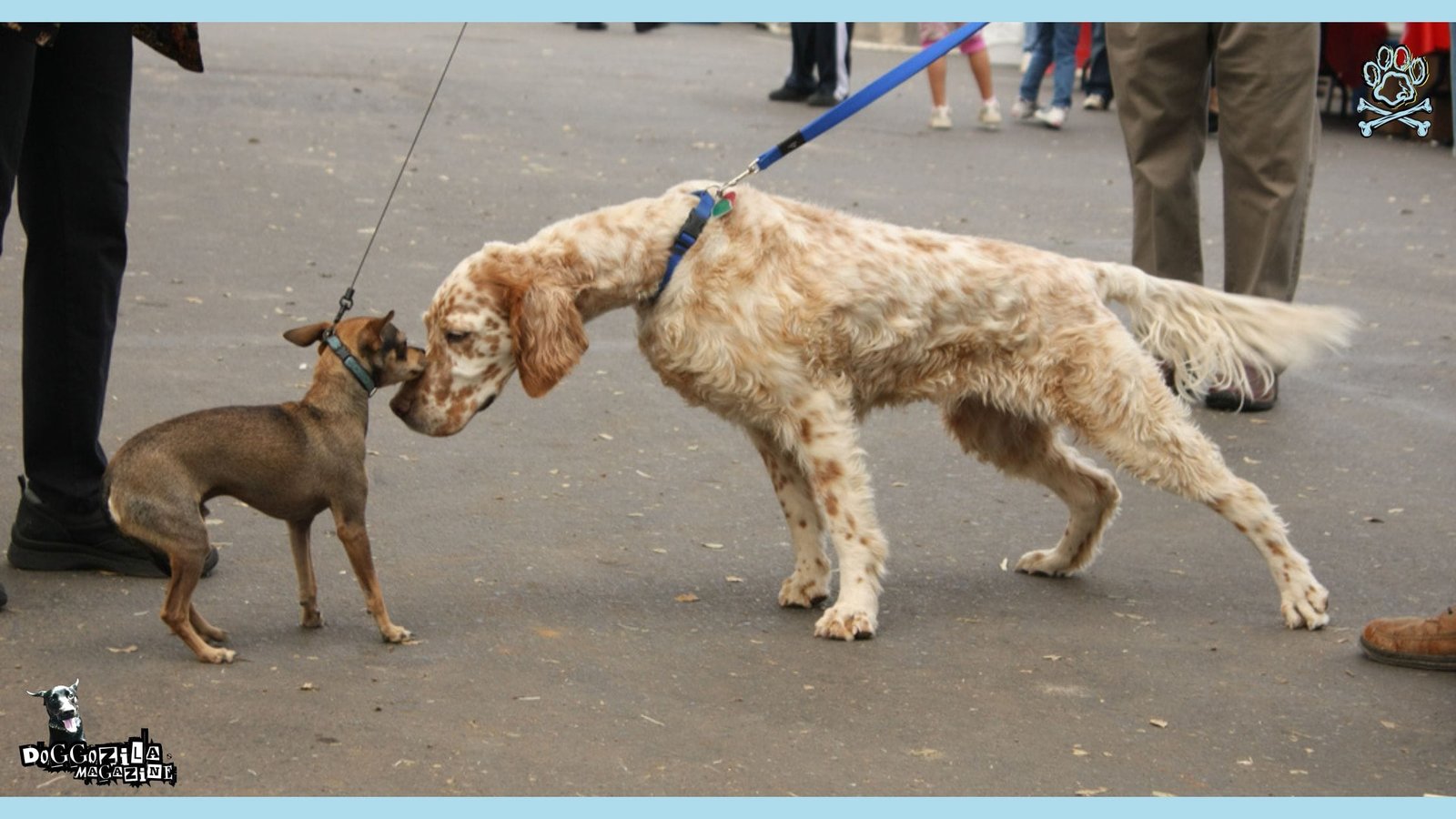
Frustration Can Cause Leash Reactivity In Dogs
Frustration is another factor that can contribute to leash reactivity. Some dogs become frustrated when they are unable to reach or interact with the stimuli they are interested in, such as other dogs or people. This frustration can manifest as aggressive behavior, including barking, lunging, or to start your dog pulling on the leash.
Additionally, leash reactivity can be a learned behavior. If a dog has been rewarded for displaying reactive behavior in the past, they may continue to exhibit it as a way to get what they want. For example, if a dog barks and lunges at another dog while on a leash, and the other dog retreats, the reactive dog may view this as a successful strategy and continue to display the same behavior in the future.
Genetics Can Also Cause Leash Reactivity In Dogs
It is also important to consider the role of genetics in leash reactivity. Some dog breeds may be more prone to reactive behavior due to their genetic predisposition. Breeds that were originally bred for guarding or protection purposes, such as German Shepherds or Rottweilers, may be more likely to exhibit leash reactivity compared to breeds that were bred for companionship.
Overall, leash reactivity can have various causes, and understanding the underlying factors contributing to your dog’s reactive behavior is crucial in developing an effective training and management plan.
🔑 Key Points: One common cause for leash reactivity is fear. Frustration is another factor that can contribute to leash reactivity. The role of genetics can also contribute in leash reactivity.
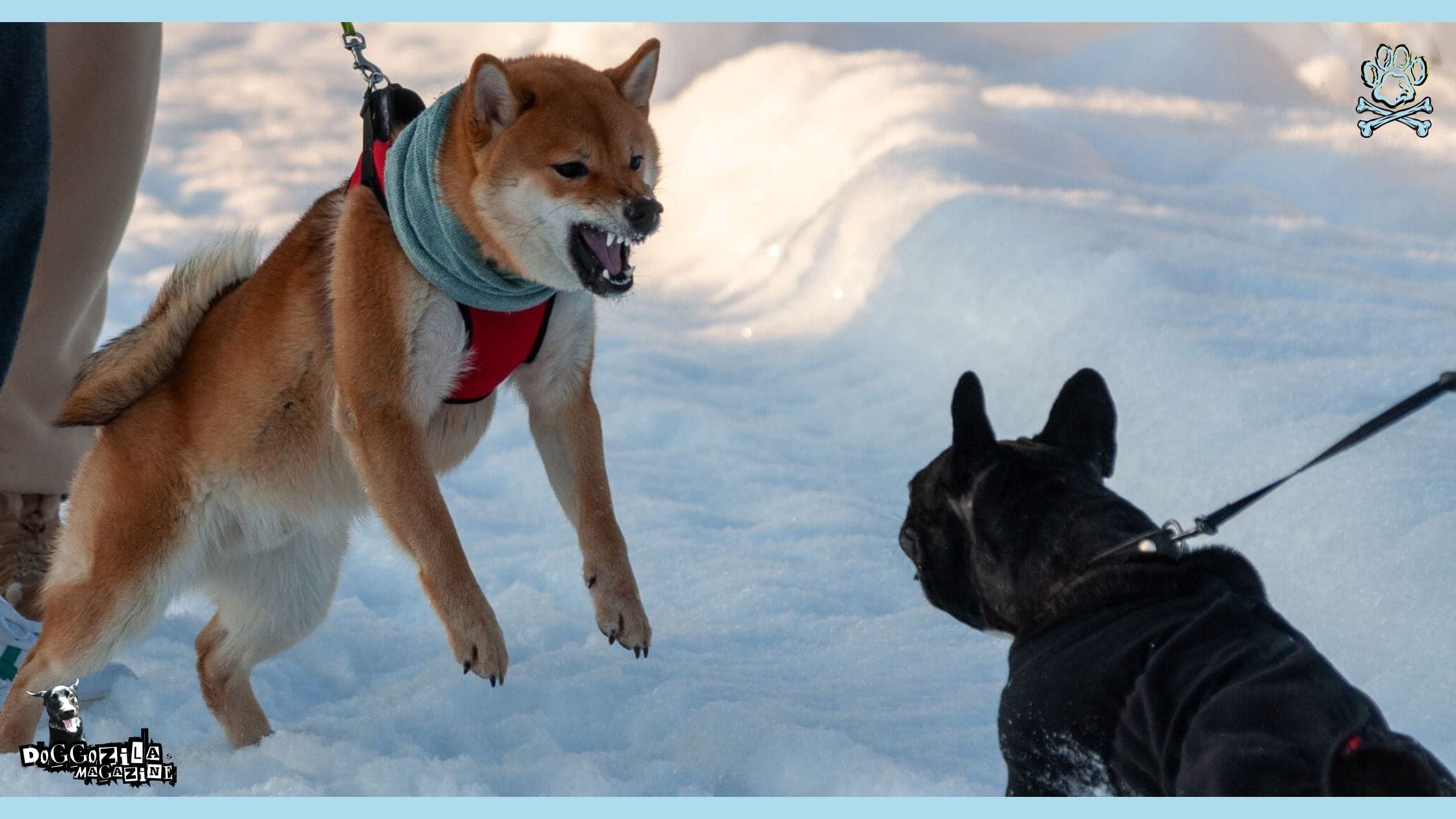
IDENTIFYING TRIGGERS AND THRESHOLDS FOR LEASH REACTIVITY IN DOGS
The first step in managing leash reactivity is to identify the triggers that cause your dog to react. Common triggers include other dogs, unfamiliar people, loud noises, or even certain environments. By observing your dog’s behavior closely, you can start to recognize patterns and understand what sets them off.
Pay Attention To Your Dog’s Threshold
For example, you may notice that your dog becomes anxious and reactive when they see another dog approaching. Their body language may change, their ears may perk up, and they may start pulling on the leash. By paying attention to these cues, you can begin to understand the specific triggers that cause your dog to react.
Additionally, it’s important to pay attention to your dog’s threshold. Every dog has a threshold, which is the point at which they go from being calm and relaxed to reactive. This threshold can vary from dog to dog and can even change depending on the situation. It’s crucial to identify your dog’s threshold and avoid pushing them past it during walks.
Expose Your Dog To Their Triggers In A Controlled And Positive Way
Signs that your dog may be approaching their threshold include tense body language, increased alertness, or a sudden change in behavior. For example, your dog may start panting heavily, their tail may tuck between their legs, or they may start barking and lunging towards the trigger. These are all indications that your dog is becoming overwhelmed and may soon exhibit reactive behavior.
Once you have identified the triggers and thresholds, you can start implementing strategies to manage and modify your dog’s reactive behavior. This may include desensitization and counter conditioning exercises, where you gradually expose your dog to their triggers in a controlled and positive way. It may also involve seeking the help of a professional dog trainer or behaviorist who can provide guidance and support throughout the process.
🔑 Key Points: Observe closely your dog to identify the triggers that cause your dog to react. Pay attention to your dog’s threshold. Once you know his triggers you can start working on the strategies to manage and modify your dog’s reactive behavior.
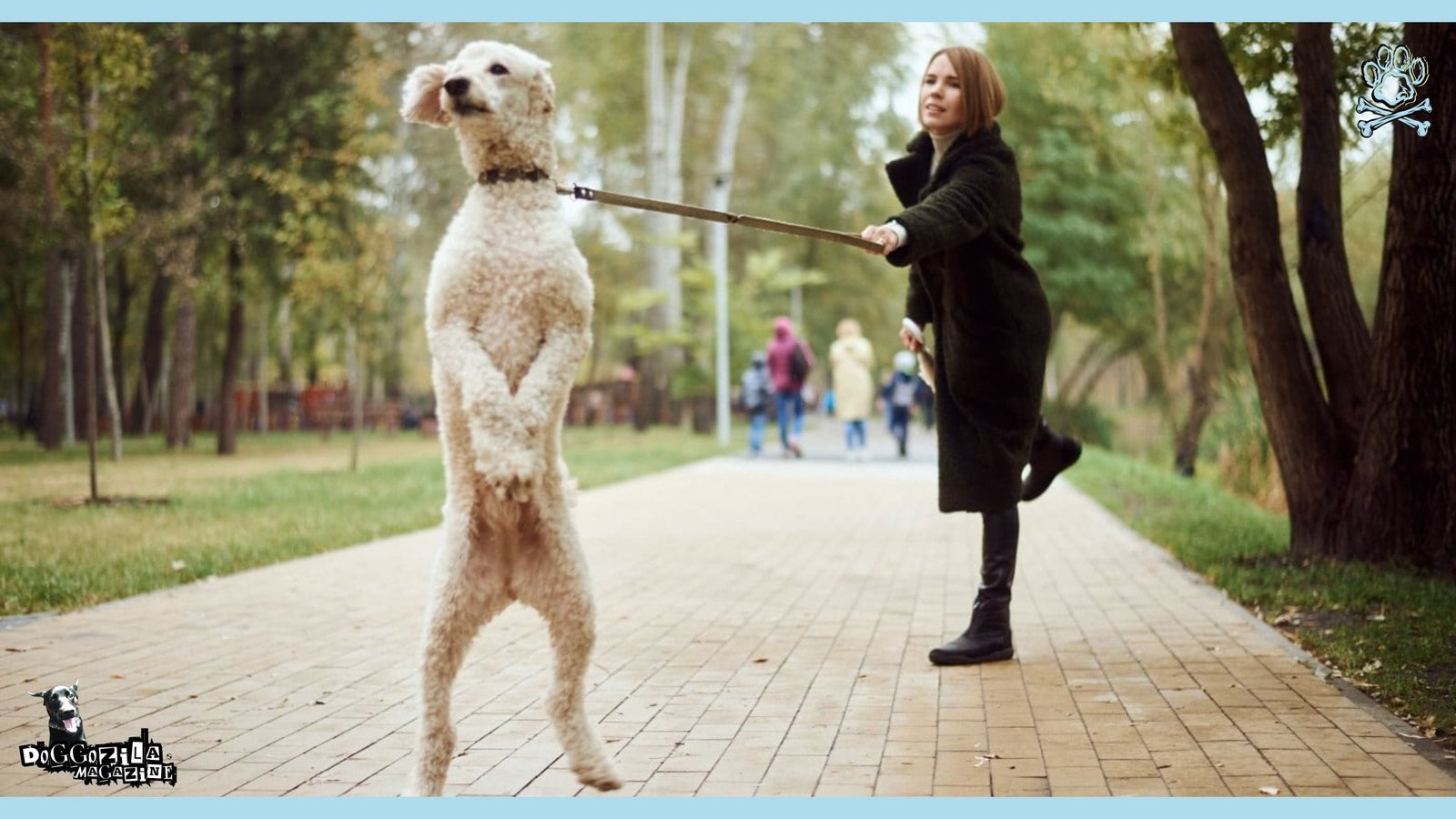
POSITIVE REINFORCEMENT TRAINING FOR LEASH REACTIVITY IN DOGS
Positive reinforcement training is a highly effective approach to address leash reactivity in dogs. This training method focuses on rewarding desired behaviors rather than punishing unwanted ones. By rewarding your dog for calm and non-reactive behavior, you can help them associate positive experiences with the triggers that usually cause them to react.
Trust Your Dog Ability To Handle The Triggers Without Becoming Reactive
Start by finding a reward that motivates your dog, such as small treats or their favorite toy. During walks, keep your dog at a distance from the trigger that they can handle without reacting. As soon as your dog notices the trigger but remains calm, reward them with praise and a treat. This positive reinforcement will reinforce the idea that staying calm in the presence of triggers is the desired behavior.
Gradually decrease the distance between your dog and the trigger over time, always ensuring they stay below their threshold. This gradual approach allows your dog to build confidence and trust in their ability to handle the triggers without becoming reactive. It is important to remember that each dog is unique, and the pace at which they progress may vary.
Associating Positive Experiences With The Triggers
Consistency is key when using positive reinforcement training. Make sure to reward your dog every time they exhibit calm behavior, and be patient as it may take time for them to learn and adjust. It is also crucial to remain consistent in your own behavior and reactions during walks. Dogs are highly perceptive and can pick up on any tension or anxiety you may have, which can affect their own behavior.
With continued practice, your dog will start associating positive experiences with the triggers, leading to a reduction in leash reactivity. Over time, you may even be able to gradually decrease the use of treats and rely more on verbal praise and physical affection as rewards. Positive reinforcement training not only helps address leash reactivity but also strengthens the bond between you and your dog, creating a more harmonious and enjoyable walking experience.
🔑 Key Points: Positive reinforcement training methods can help associate positive experiences with the triggers that usually cause dogs to react. Find the perfect reward that motivates your dogs. Remain consistent in your own behavior and reactions during walks and training.
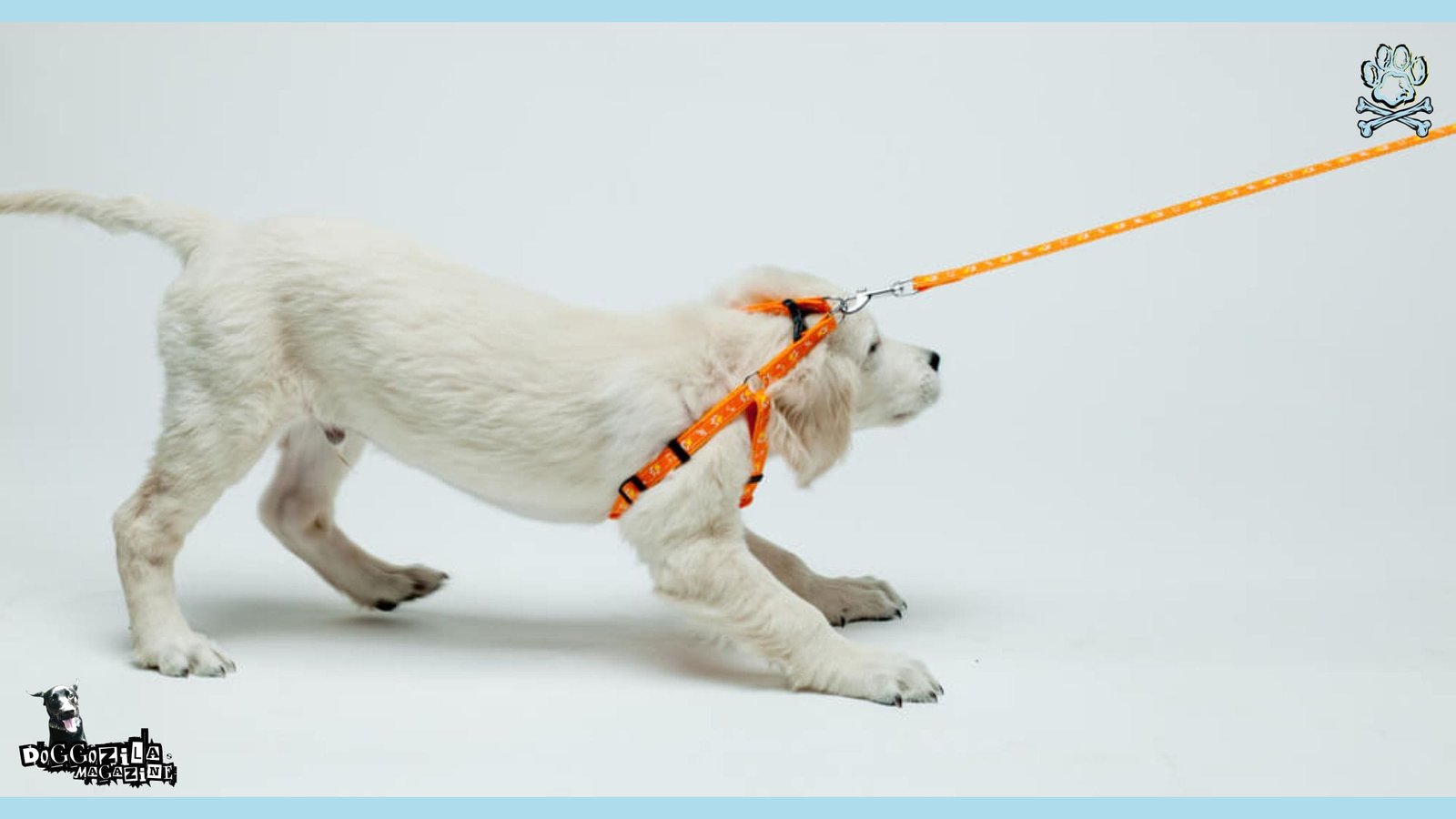
DESENSITIZATION AND COUNTER CONDITIONING
These are two techniques often used together to help dogs overcome leash reactivity. Desensitization involves gradually exposing your dog to the trigger in a controlled and positive way, while counter conditioning aims to change your dog’s emotional response to the trigger.
Use Treats And Praise To Reinforce Positive Associations
Start by creating a controlled environment where you can expose your dog to the trigger without overwhelming them. For example, if your dog reacts to other dogs, start by having them observe dogs from a distance where they remain calm and non-reactive. Use treats and praise to reinforce positive associations.
Over time, gradually decrease the distance between your dog and the trigger, always ensuring they stay calm and relaxed. If your dog starts to show signs of reactivity, increase the distance again until they are comfortable. The goal is to change their emotional response from fear or frustration to a positive or neutral one.
It’s important to note that desensitization and counter conditioning require patience and consistency. It may take several sessions or even weeks for your dog to show progress, but with time and effort, you can help them overcome leash reactivity.
Tired And Mentally Stimulated Dog Do Not React Negatively To Triggers While On A Leash
In addition to desensitization and counter conditioning, it is also important to address any underlying issues that may be contributing to your dog’s leash reactivity. For example, if your dog is experiencing fear or anxiety, working with a professional dog trainer or behaviorist can help you identify and address these issues.
Furthermore, it is crucial to provide your dog with regular exercise and mental stimulation to help reduce overall stress levels. A tired and mentally stimulated dog is less likely to react negatively to triggers while on a leash.
Look At That Game For Leash Reactivity In Dogs
Another technique that can be used in conjunction with desensitization and counter conditioning is the “look at that” game. This game involves teaching your dog to look at the trigger and then look back at you for a reward. By redirecting your dog’s focus from the trigger to you, you can help them develop a more positive association with the trigger over time.
Remember, every dog is unique, and what works for one may not work for another. It’s important to be patient, consistent, and seek professional help if needed. With the right approach and dedication, you can help your dog overcome leash reactivity and enjoy walks without stress or fear.
🔑 Key Points: Desensitization is when you are exposing your dog to the trigger in a controlled and positive way, while counter conditioning aims to change your dog’s emotional response to the trigger. Note that desensitization and counter conditioning require patience and consistency.
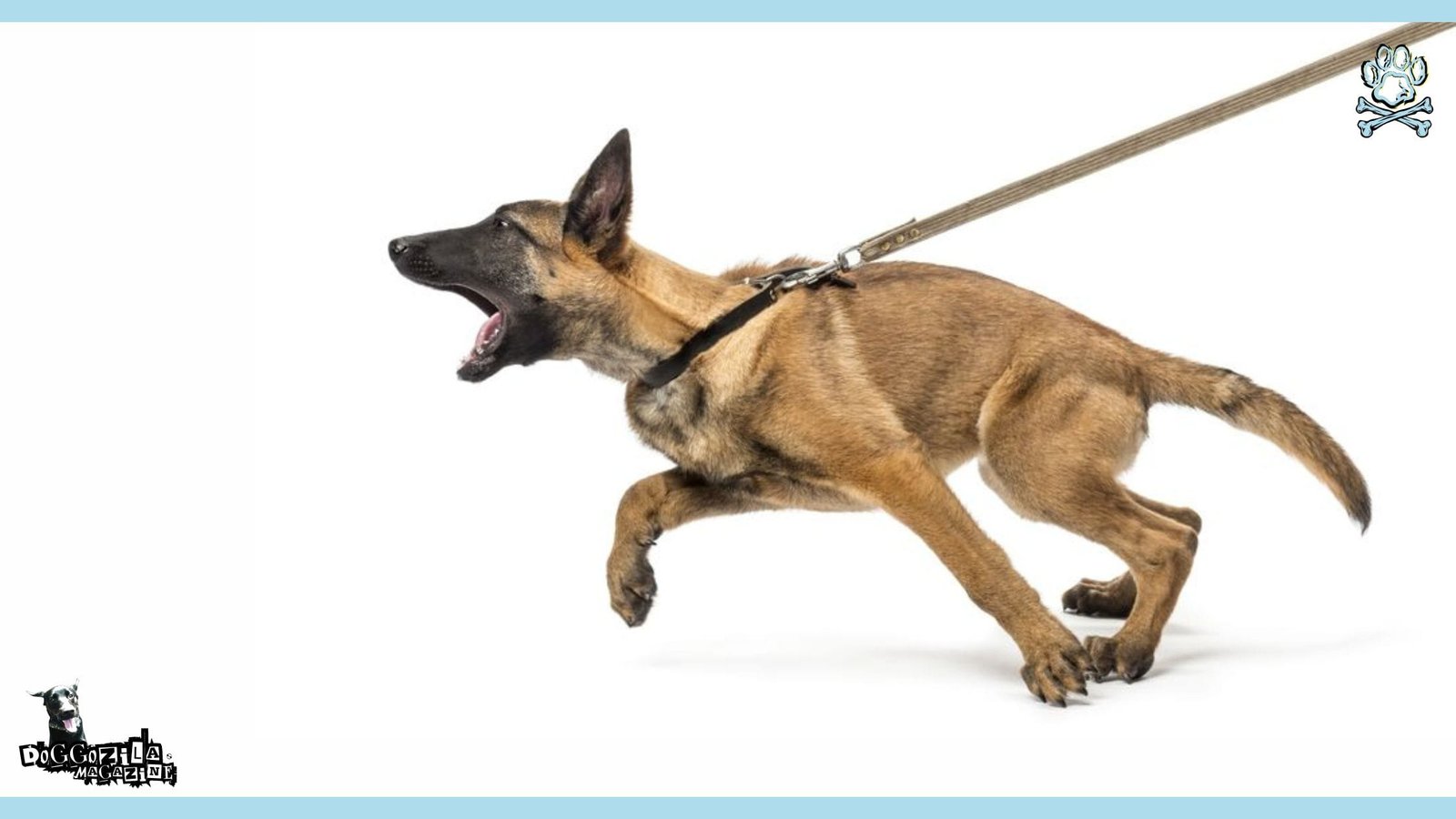
Seeking Professional Help for Leash Reactivity Training
If you find that your efforts to manage leash reactivity are not yielding the desired results, it may be beneficial to seek professional help. A certified dog trainer or behaviorist can provide expert guidance and tailor a training plan specifically for your dog’s needs. Professional trainers have experience working with leash-reactive dogs and can provide valuable insights and techniques to address the behavior effectively.
They can also help you understand any underlying issues contributing to the reactivity and develop a comprehensive plan to manage and modify your dog’s behavior. Remember, seeking professional help is not a sign of failure but rather a proactive step towards ensuring the well-being of your dog and creating a harmonious walking experience.
When choosing a professional, it is important to do thorough research and find someone who specializes in working with reactive dogs. Look for trainers or behaviorists who have a positive training approach and use reward-based methods. Avoid trainers who rely on punishment or aversive techniques, as these can exacerbate the reactivity and cause unnecessary stress to your dog.
During your initial consultation with a professional, be prepared to provide them with a detailed history of your dog’s behavior and any incidents of reactivity. This information will help them assess the severity of the issue and develop an appropriate training plan. Working with a professional can be a collaborative process, so it’s important to communicate openly and honestly about your goals and concerns. They may recommend starting with basic obedience training to establish a strong foundation before addressing the leash reactivity specifically.
Final Thoughts On Leash Reactivity In Dogs
As you embark on this journey, remember that progress takes time and patience. Leash reactivity can be a complex behavior to modify, and it may require consistent training and management strategies. Your trainer or behaviorist will provide ongoing support and guidance, helping you navigate any setbacks or challenges that arise.
In addition to professional help, it’s important to continue practicing positive reinforcement techniques at home. Consistency is key, so make sure to reinforce good behavior and reward your dog for calm and non-reactive responses during walks.
By seeking professional help and implementing a comprehensive training plan, you can empower yourself to effectively manage your dog’s leash reactivity and create a more enjoyable and stress-free walking experience for both you and your furry companion.
If you are one of the dog owners that overcome the leash reactivity training and want to start with new training sessions or train your dog’s behavior, even learn some new cool dog tricks, well than visit our Online Room for Dog Training!
There you can find all training tips and tricks for you and your dogs! Just by reading our online page with training content and articles, you can learn to have fun with your pup while training together!
Doggozila Magazine is inviting our most loyal readers to write to our magazine and win a tailored training session for your dog’s needs, all for FREE from our dog trainers and dog behaviorists!









